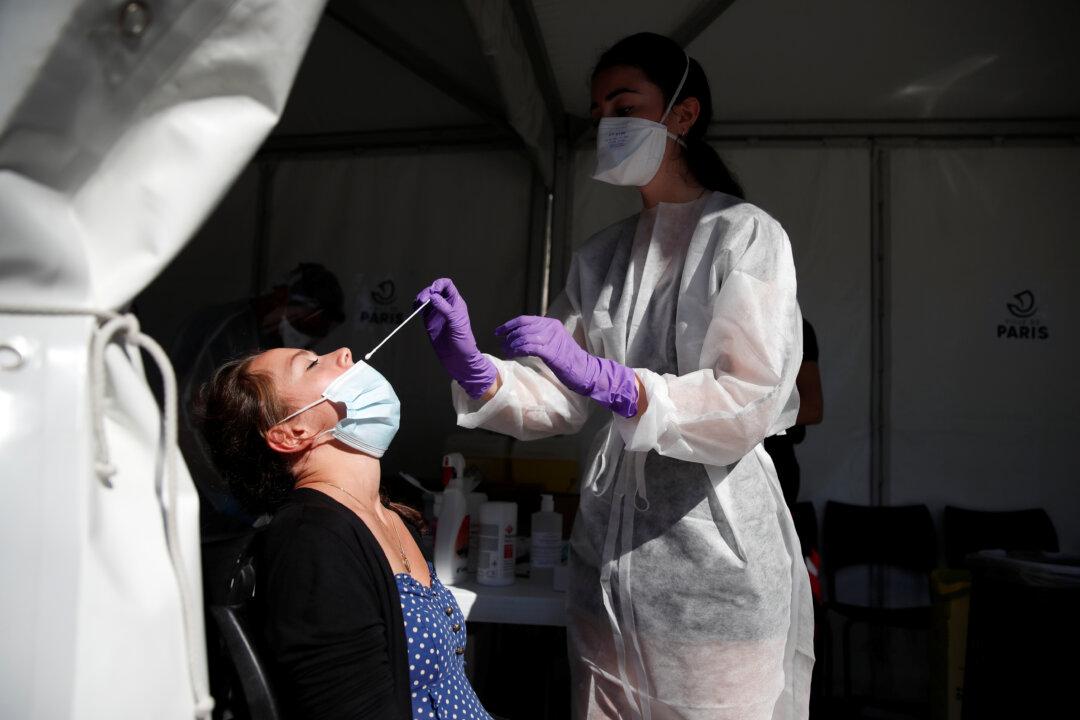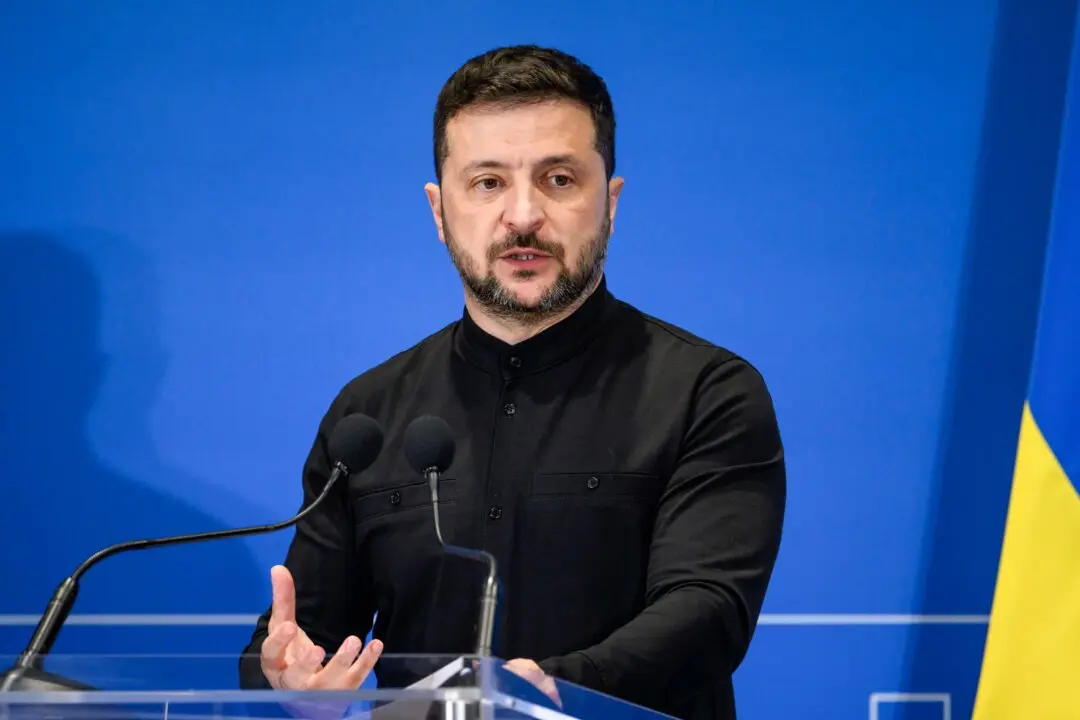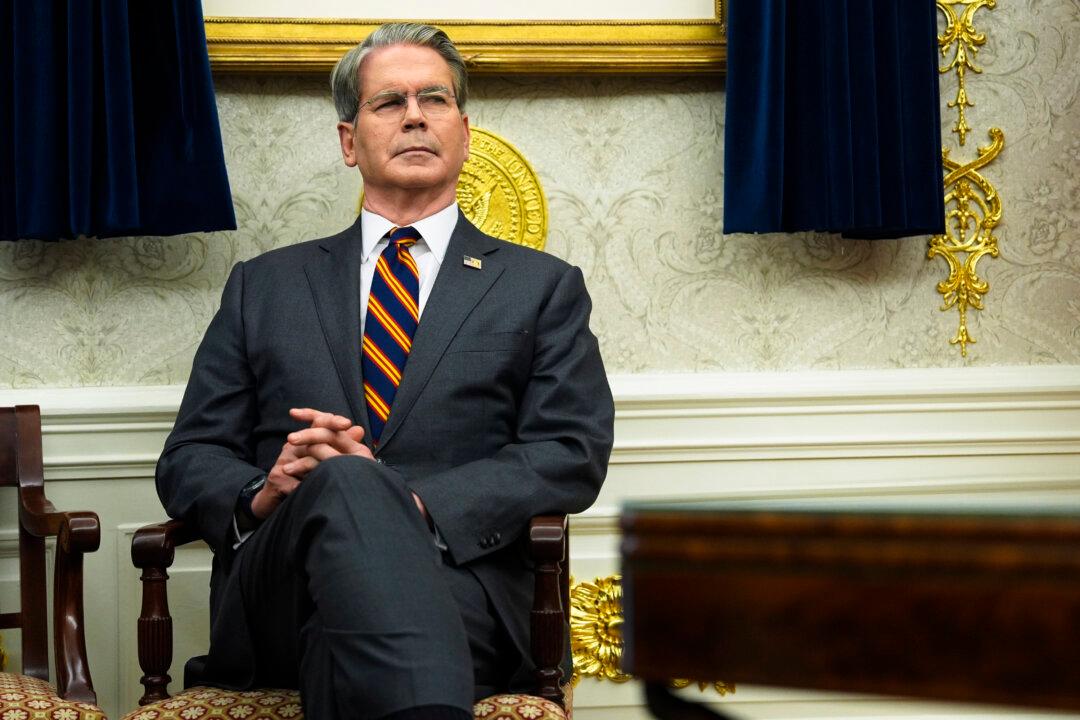COVID-19 is making a concerning comeback, according to World Health Organization (WHO) officials, who warned this week of new waves of infections across the world while urging governments everywhere to launch new vaccination campaigns to persuade more people to get the shot.
“The perception that COVID is gone is real, but the virus isn’t gone,” Dr. Maria Van Kerkhove, the COVID-19 technical lead at the WHO, told reporters at a press conference in Geneva, Switzerland, on Aug. 6.





